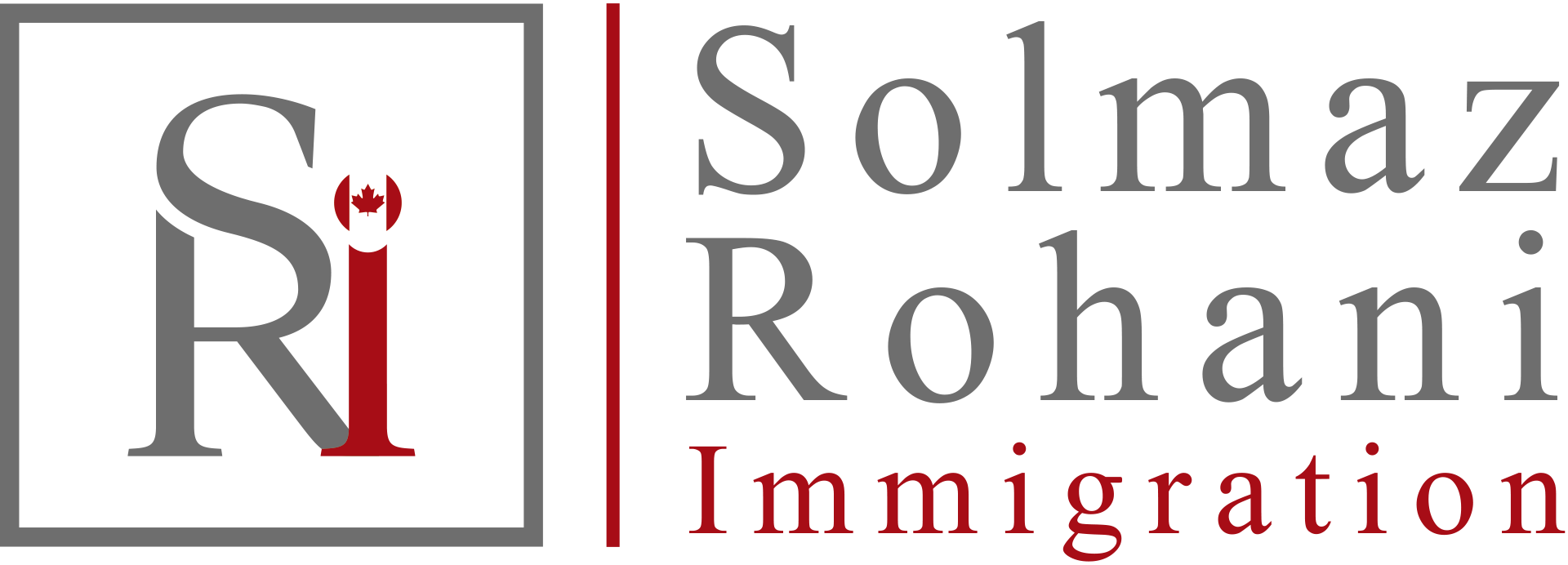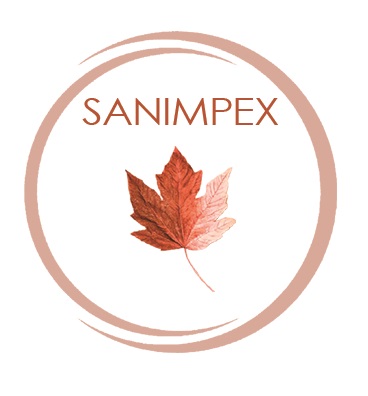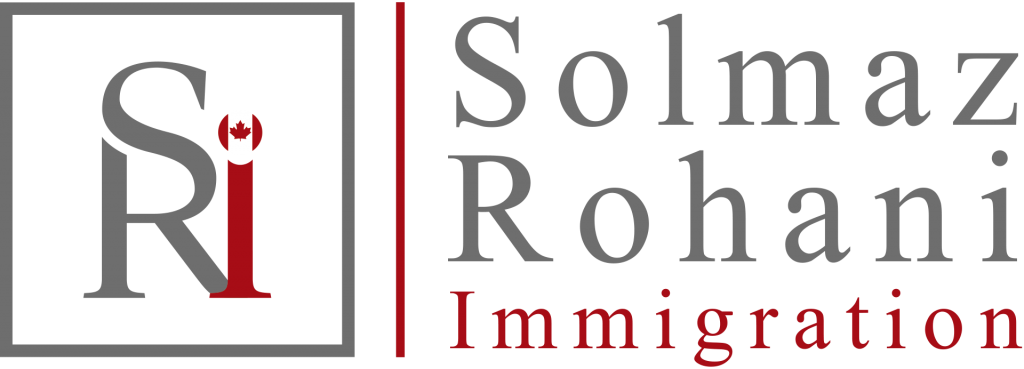British Columbia is Canada’s most westerly province and is a mountainous area whose population is mainly clustered in its southwestern corner. BC is Canada’s third-largest province after Québec and Ontario, making up 10 per cent of Canada’s land surface. British Columbia is a land of diversity and contrast within small areas. Coastal landscapes, characterized by high, snow-covered mountains rising above narrow fjords and inlets, contrast with the broad forested upland of the central interior and the plains of the northeast. The intense “Britishness” of earlier times is referred to in the province’s name, which originated with Queen Victoria and was officially proclaimed in 1858.
British Columbia is divided by two of Canada’s seven physiographic regions. These regions are the Cordillera and the Interior Plains. The vast majority of the province is in the Cordillera region, while the northeast corner is part of the Interior Plains.
The Cordillera is part of a mountain system that extends the length of the western third of North and South America. The Cordillera m mountain system covers most of British Columbia. It consists of two main mountain ranges. These ranges are the Coast Mountains in the west and the Rocky Mountains in the east. Other significant mountain ranges in British Columbia’s Cordillera region are the Columbia Mountains and the Cassiar-Omineca Mountains. Both ranges are west of the Rocky Mountains. The Columbia Mountains are in the province’s south-east corner while the Cassiar-Omineca Mountains are in the north.
The coniferous trees of coastal British Columbia are the tallest and broadest trees in Canada. Douglas fir, western cedar, balsam fir, hemlock and Sitka spruce grow very well in the mild, wet climate. They are the basis for the province’s forestry industry. Similar trees, plus lodgepole pine, ponderosa pine and aspen, grow on the middle slopes of the interior mountains and plateaus. In contrast, the Coast Mountains and the lower river valleys across the southern third of the province have a drier climate. The drier climate creates grassland in these regions.
Vancouver’s metropolitan area is home to over 50 per cent of the province’s population. Vancouver, and the communities that surround it, are British Columbia’s commercial, cultural and industrial centre. A slightly broader region, sometimes called the Georgia Strait region, includes Victoria and the southeast coast of Vancouver Island. (See also Geography of British Columbia.)
Resource-based activities have been the basis of BC’s economy throughout its modern history. Aboriginal people depended on the resources of land and sea for their food, clothing and exchange. The first items of trade desired by Europeans were sea otter pelts from the coast and animal furs from the interior.
Europeans were primarily attracted by mineral resources, notably gold in the central interior and southeast, and also by coal on Vancouver Island, near Nanaimo and Cumberland. By the 1880s the tall, straight coniferous trees of the coast forest were being cut for lumber to supply other Pacific Rim settlements, and salmon were being canned at numerous river-mouth canneries to be shipped throughout the world.
In the 19th century BC’s natural resources supplied markets elsewhere in Anglo-America or in East Asia, or Europe. Local manufacturing consisted primarily of some first-stage processing of these resources.
As population increased in the 20th century and concentrated in or near the ports of the southwest, consumer-goods manufacturing began in the southwestern cities. This was aided by the high cost of transporting manufactured goods from eastern Canada and the US, and by an ample supply of hydroelectric power. Agricultural settlement expanded across the lowland and delta of the Lower Fraser River. The management and financial activities related to resource development remained in the coastal cities, mainly Vancouver.
The British Columbia government runs the Medical Services Plan, which pays for most health costs, such as doctors, medical tests, and treatments. The government’s Fair Pharmacare program provides assistance, tied to a family’s net income, with the cost of eligible prescription drugs and medical supplies, as well as dispensing fees. BC has six health authorities, five of which service various regions within the province. The sixth is the Provincial Health Services Authority, which operates provincial agencies such as the BC Children’s Hospital, BC Cancer Agency and BC Transplant, and ensures that residents of the province have access to specialized health care services. These health authorities operate under the guidance of the Ministry of Health, which sets province-wide goals, standards and performance agreements.
Elementary schools were established in Victoria in 1852, a few years after a fort was built there by the Hudson’s Bay Co., and after 1858 they were maintained by the colonial government. The Public-School Act of 1872 established a free provincial school system. The first secondary schools were available in Victoria in 1876 and in Vancouver in 1890.
The elementary and secondary education system in BC consists of kindergarten to grade 12. Public school education is provided for children from five to 19. The system is administered by local school boards, made up of elected local citizens, with financial support mainly from the provincial government. School is compulsory for children between the ages of 6 and 16.
Children who live in isolated areas or who are unable to attend school can study via distance learning (known as distributed learning in BC) where students are instructed by a BC certified teacher. Many of these courses are also available to adults wishing to finish their high school education. The curricula for school courses and programs are established by the Ministry of Education and are usually similar throughout all the schools in the province, which allows for student transfers from one district to another. Within this structure, however, individual schools and classes may adapt the curriculum for local needs. The BC College of Teachers is responsible for the certification of teachers in the province and examining qualifications of teachers from other areas.
Private schools include Catholic, various Protestant, Waldorf, Montessori, Jewish, Sikh, Muslim and non-denominational schools. Schools that meet provincial curriculum and teacher certification criteria have access to partial funding.
The public post-secondary education system in BC is structured to meet the increasing demand for advanced education and training and has 11 universities. The original university in the province was the University of British Columbia, located on a scenic peninsula adjoining the western edge of Vancouver. Victoria College, affiliated with UBC, provided students with the first two years of university education; it was expanded to university status in 1963 (see University of Victoria). A new university, Simon Fraser, was built in Burnaby in 1965 to accommodate the greatly increased population of metropolitan Vancouver. In the mid-1990s three new universities opened their doors: University of Northern British Columbia (1994), Royal Roads University (1995) and the Technical University of British Columbia (1997). In 2008, five postsecondary institutions, including some university colleges, were changed to universities. These new universities were the University of the Fraser Valley, Kwantlen Polytechnic University, Vancouver Island University, Emily Carr University of Art + Design and Capilano University. Most of these new universities serve a specific geographic area and are designated as “special purpose teaching universities.”
In 1978 the provincial government created the Open Learning Institute, which in 1988 was combined with the Knowledge Network, BC’s educational television network, to form the Open Learning Agency, of which the British Columbia Open University was a part. In 2005 the distance education section of the Open Learning Agency, and British Columbia Open University’s courses and programs, were transferred to the Thompson Rivers University Open Learning program.
There are 11 public colleges in BC which attempt to meet the specific needs of the geographic region they serve. These are comprehensive institutions that provide programs ranging from literacy and academic upgrading to vocational and trades training. They also offer technical or career training and first- and second-year university transfer programs.



